
RTD vs Thermocouple Difference and Comparison
Accuracy. RTDs are generally more accurate than thermocouples. RTDs have typically an accuracy of 0.1 oC, compared to 1 oC for most thermocouples. However, some thermocouple models can match RTD accuracy. The many factors that can affect sensor accuracy include linearity, repeatability, or stability.
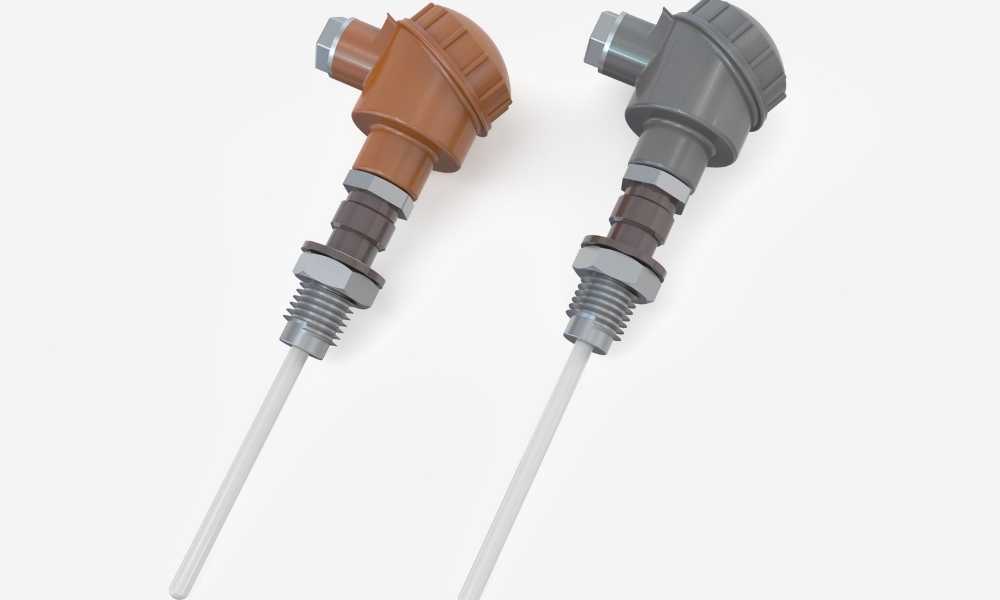
RTD vs Thermocouple Which one is Better TechSAA
RTD probes typically provide a far higher level of accuracy than thermocouple probes, and thus are a good choice when accuracy is the top priority in a logging application. However, RTD probes tend to be more delicate and easily damaged than thermocouples. In addition, thermocouple probes tend to be less expensive than RTDs.

RTD vs Thermocouple Which One is Right for You? YouTube
Thermocouple: wider temperature range: -200 to 2000°C ; Accuracy/Stability: RTD: capable of higher accuracy and can maintain stbaility for many years; Thermocouple: less accuracy and can drift in shorter periods; Response Time: RTD: 1 to 7 seconds; Thermocouple: less than one second . Read More: RTDs Vs Thermocouples

Lecture 14 Comparison between RTD, Thermistor & Thermocouple RTD Thermistor Thermocouple
More accurate; Greater repeatability; Better sensitivity and linearity; and. More robust signal less prone to EMI problems (although can still benefit from a transmitter). Other RTD attributes don't compare as well against thermocouples: Narrower measuring range, particularly at the high end; More expensive;
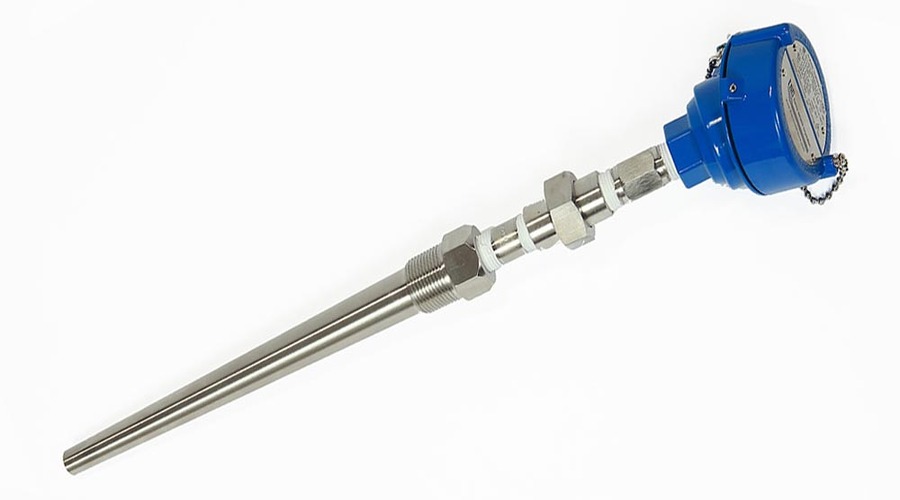
RTD vs Thermocouple A Comprehensive Guide for Engineers
In general, thermocouples are better for high-temperature and high-vibration processes, applications that require fast response times, and those with limited space. RTDs offer better accuracy, repeatability, and stability. Ultimately, when choosing a temperature sensor, you need to consider the application's.
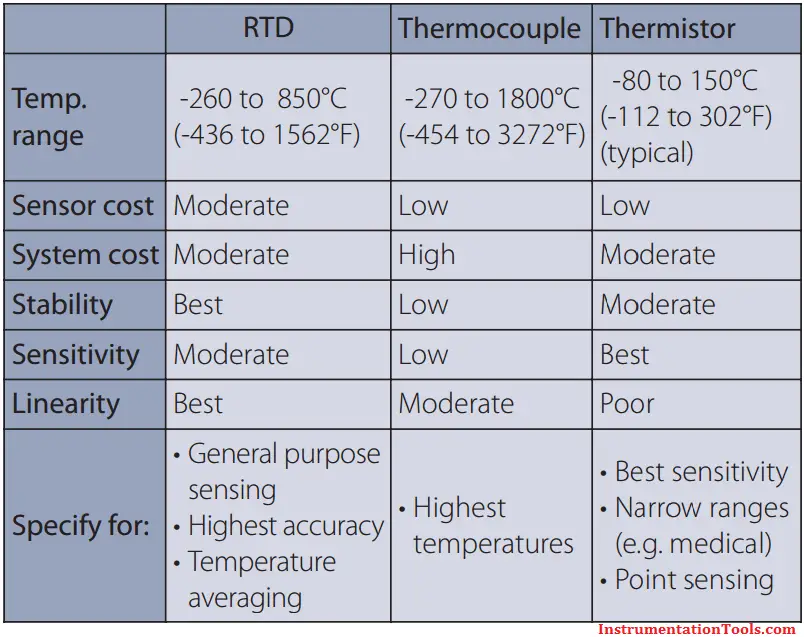
Difference Between RTD, Thermocouple and Thermistor Inst Tools
The red wire is the excitation, while the black or white is the ground. To determine whether the sensor is a thermistor or RTD, as well as the type, you must measure the resistance between the two different-coloured wires: An RTD PT100 will have a resistance of 100 ohms at 0 °C. An RTD PT1000 will have a resistance of 1,000 ohms at 0 °C.

Improving Temperature Sensor Accuracy for Thermocouples and RTDs with DeltaSigma Converters
5 How to select Thermocouple or RTD for Temperature Measurement Application. 5.1 Step 1: Temperature Range. 5.2 Step 2: Response Rate. 5.3 Step 3: Accuracy and Repeatability. 5.4 Step 4: Linearity and Stability. 5.5 Step 5: Cost. 6 EndNote: -. Thermocouples and RTD are the most common temperature sensors and in this post, I will show a.
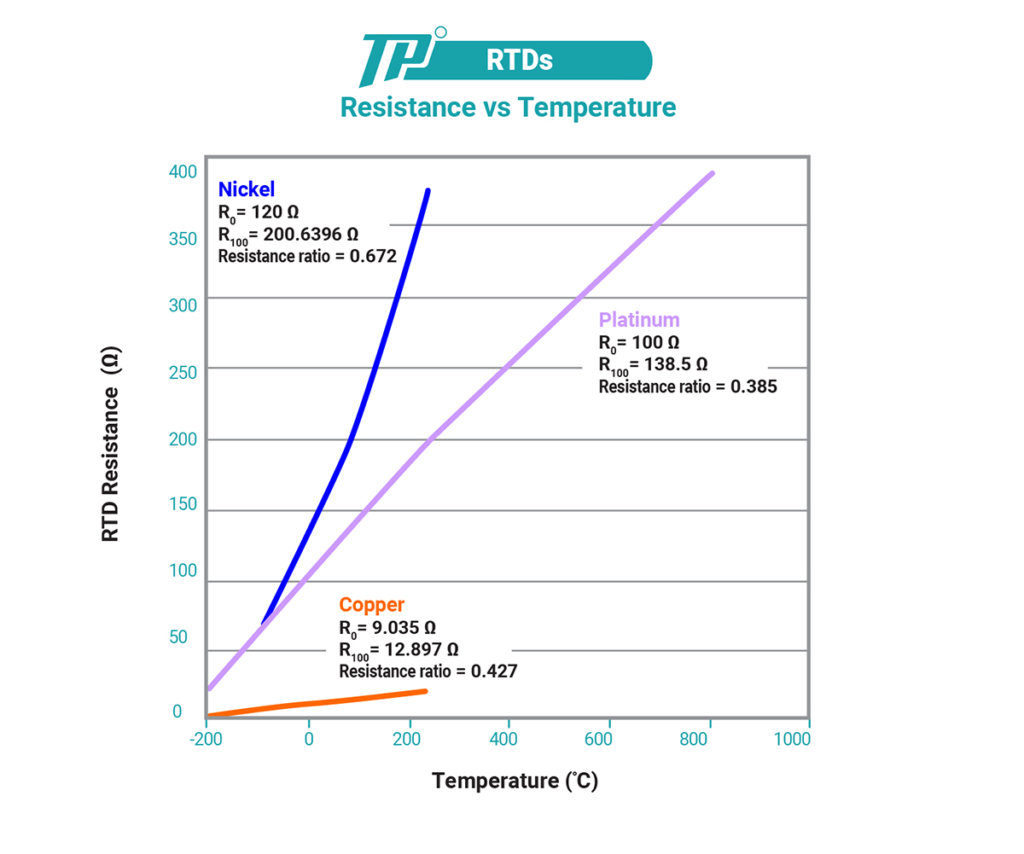
RTD vs Thermocouple Temperature Sensors • TempPro
RTD vs. thermocouple vs. thermistor in temperature sensors. Temperature doesn't change very quickly, and temperature sensors match that characteristic. Environmental temperature changes are generally slow, on the order of less than 0.1 sec/°C. Typical temperature sensors used in circuits are resistance temperature devices (RTDs.
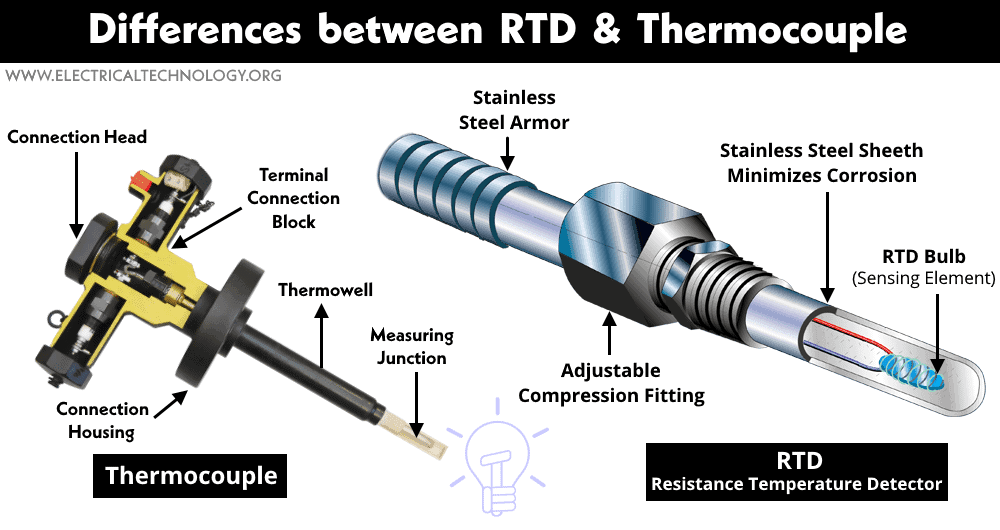
What is the Difference between RTD and Thermocouple?
Size: A standard RTD sheath is 3.175 to 6.35 mm in diameter; sheath diameters for thermocouples can be less than 1.6 mm. Accuracy and stability requirements: RTDs are capable of higher accuracy and can maintain stability for many years, while thermocouples can drift in shorter periods.

RTD Vs Thermocouple sensor in Hindi YouTube
Engineer's best friend for learning: https://realpars.com===== You can read the full post here:https://realpars.com/RTD-vs-Thermoco.

Basic differences between RTD & Thermocouple Temperature basics YouTube
2. Accuracy. RTD's provide the highest accuracy and may be the prefer-red solution when a temperature measurement accuracy is required to be around ± 0.05 to ± 0.1 °C. Thermocouples in comparison, have a lowered accuracy around ± 0.2 to ± 0.5 °C. 3.
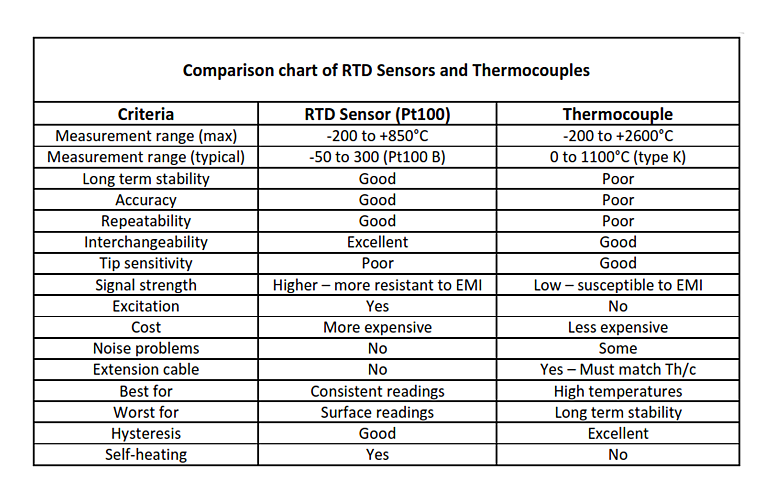
RTD vs Thermocouple (Pt100 vs Thermocouple)
RTDs are often less sensitive than thermocouples. This implies that, when compared to thermocouples, they yield a lesser change in resistance per degree of temperature change. RTDs have a higher sensitivity than thermocouples, with the output signal changing approximately 2.4 Ω/°C for a 100 Ω platinum RTD.

Tech Tip RTD vs Thermocouple Temperature Sensors YouTube
RTD vs Thermocouple. Because the terms encompass entire ranges of temperature sensors tailored for use under a range of conditions, it is impossible to conclude whether RTDs or thermocouples are the superior option as a whole. Instead, it is more useful to compare the performance of RTDs and thermocouples using specific qualities such as cost.

RTD Vs Thermocouple YouTube
The output of a thermocouple is non-linear. RTDs are more expensive than thermocouples. A thermocouple is cheaper than an RTD. The above given are the differences between RTD and thermocouple. From the differences, we can conclude that RTD provides a more reliable output than a thermocouple. At BYJU'S, learn more differences such as the.
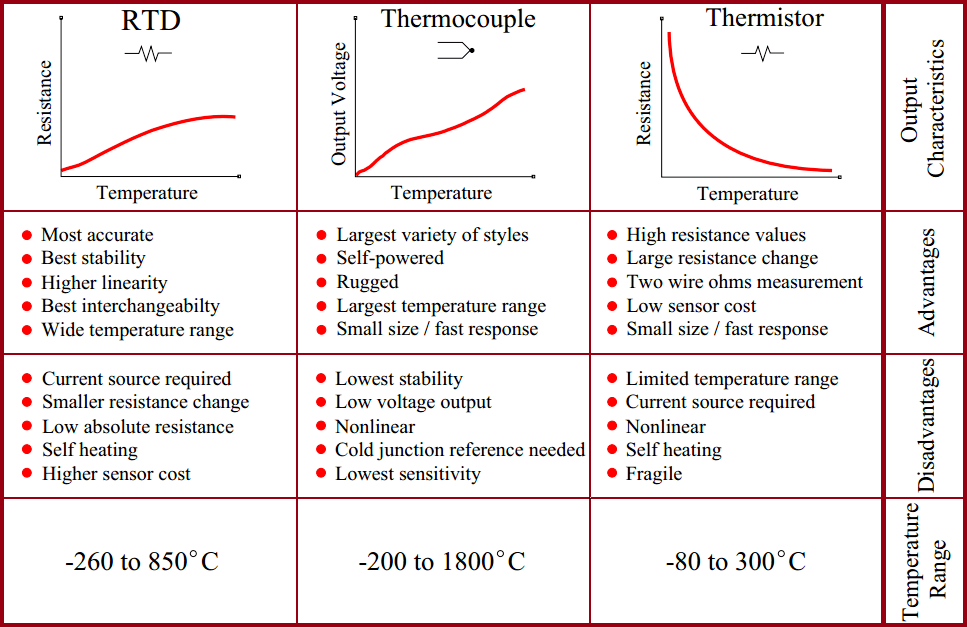
Thermocouple Questions and Answers Temperature Measurement
Temperature Range: Thermocouples have a wider temperature range compared to RTDs and can measure temperatures from -250°C to +1800°C, while RTDs can measure temperatures from -200°C to +850°C. Response Time: Thermocouples have a faster response time compared to RTDs, with RTDs having a slower response time of 1-2 seconds.
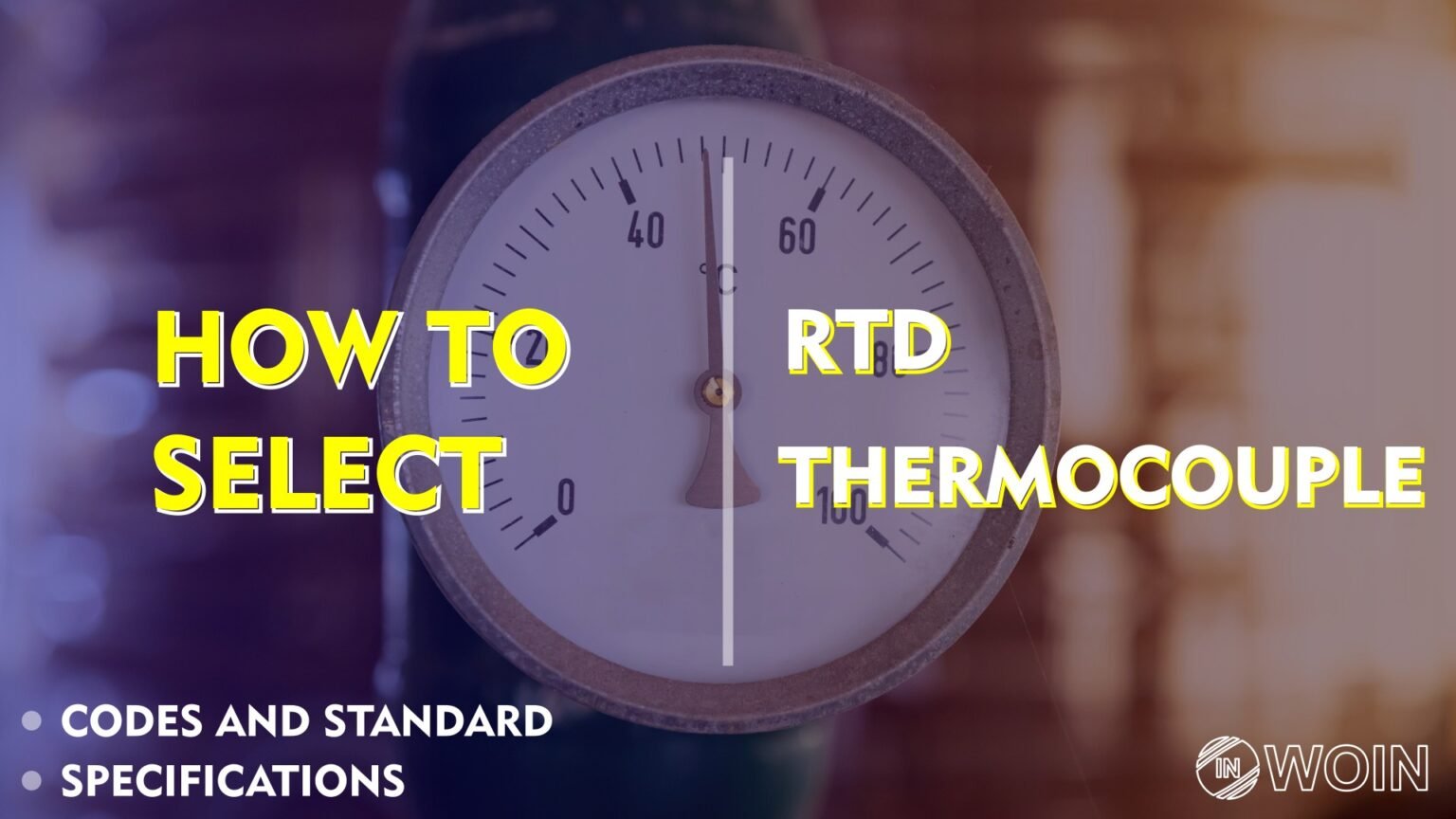
Thermocouple vs RTD A Complete Selection Guide WOIN
RTDs vs. Thermocouples — Sensor Comparison at a Glance Download Application Note. RTDs.. RTD: Thermocouple: Accuracy: More Accurate: Less Accurate: Temperature Range-200 to 600°C-200 - 2000°C: Initial Cost: More Expensive: Less Expensive: Sensitivity: Many Available Lengths: Point Sensing Only: